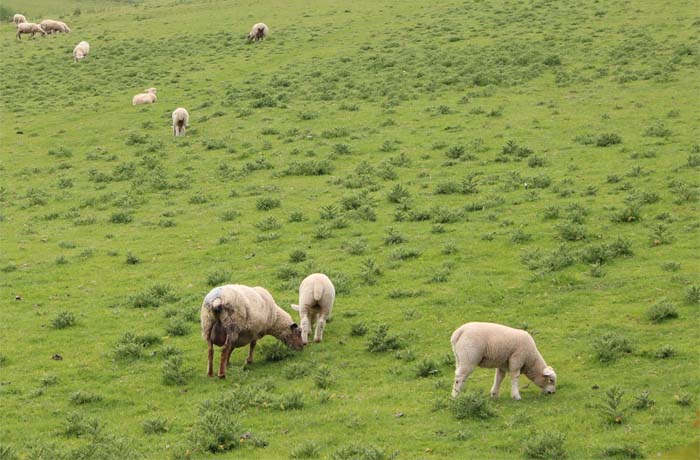
Thistles are growing vigorously in grassland this summer, causing problems in fields that are grazed or shut up for silage.
The two most common species are creeping thistle - a perennial growing from seed or root sections in the soil - and spear thistle, a biennial that goes unnoticed in its first year, but can grow more than a metre wide before flowering in year two.
Both compete with grass for space, light, nutrients and water so less grass grows. Trials at SRUC showed that a 10% weed infestation causes 10% loss in grass yield.
They are also unpalatable, encourage stock to leave areas of grass to go stemmy, and can spread the orf virus between sheep.
“Thistles are tough and easily adapt to the prevailing conditions – be it wet or dry,” says David Roberts, grassland agronomist with Dow AgroSciences. “They need to be actively managed because they won’t go away and will only get worse.
“Many farmers top thistles – but to be honest this is a waste of time, fuel and labour. Some plants will be missed, and those that are chopped will soon re-grow, coming back even stronger.
“Spraying with a modern herbicide, which has been specifically formulated to work against them, is the only way to gain long term control. Farmers who use a translocated product like Thistlex, will consistently achieve a lasting kill rate of 85% or more 12 months after application, compared to cheaper sprays, where the results are lower and more variable. Thistlex is also very safe to grass so there are no yield penalties from using it.
“The only time I would recommend topping thistles is as a pre-spray treatment in large infestations. This will encourage even re-growth across the field so all the plants will be at the ideal growth stage for spraying.”
